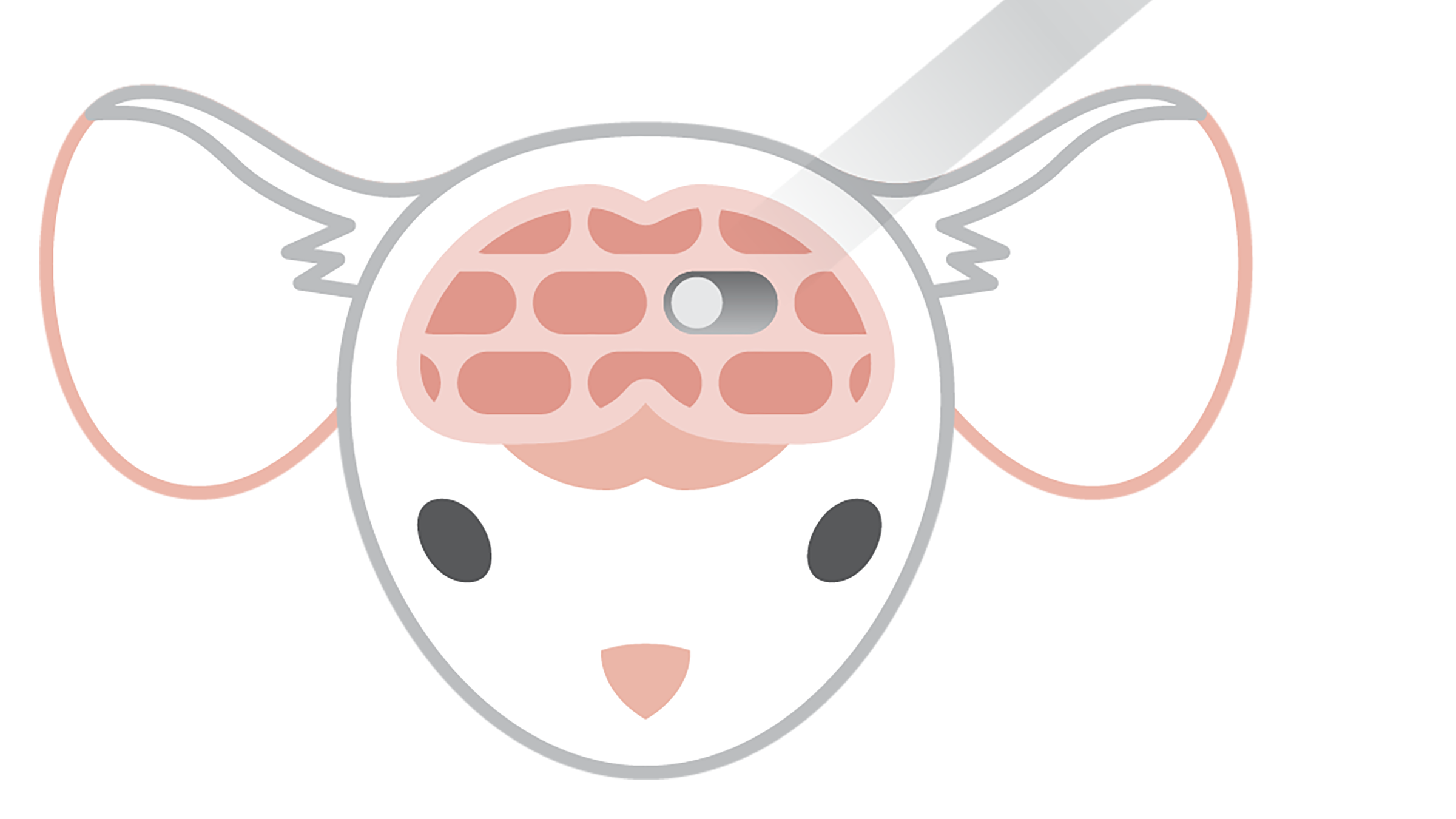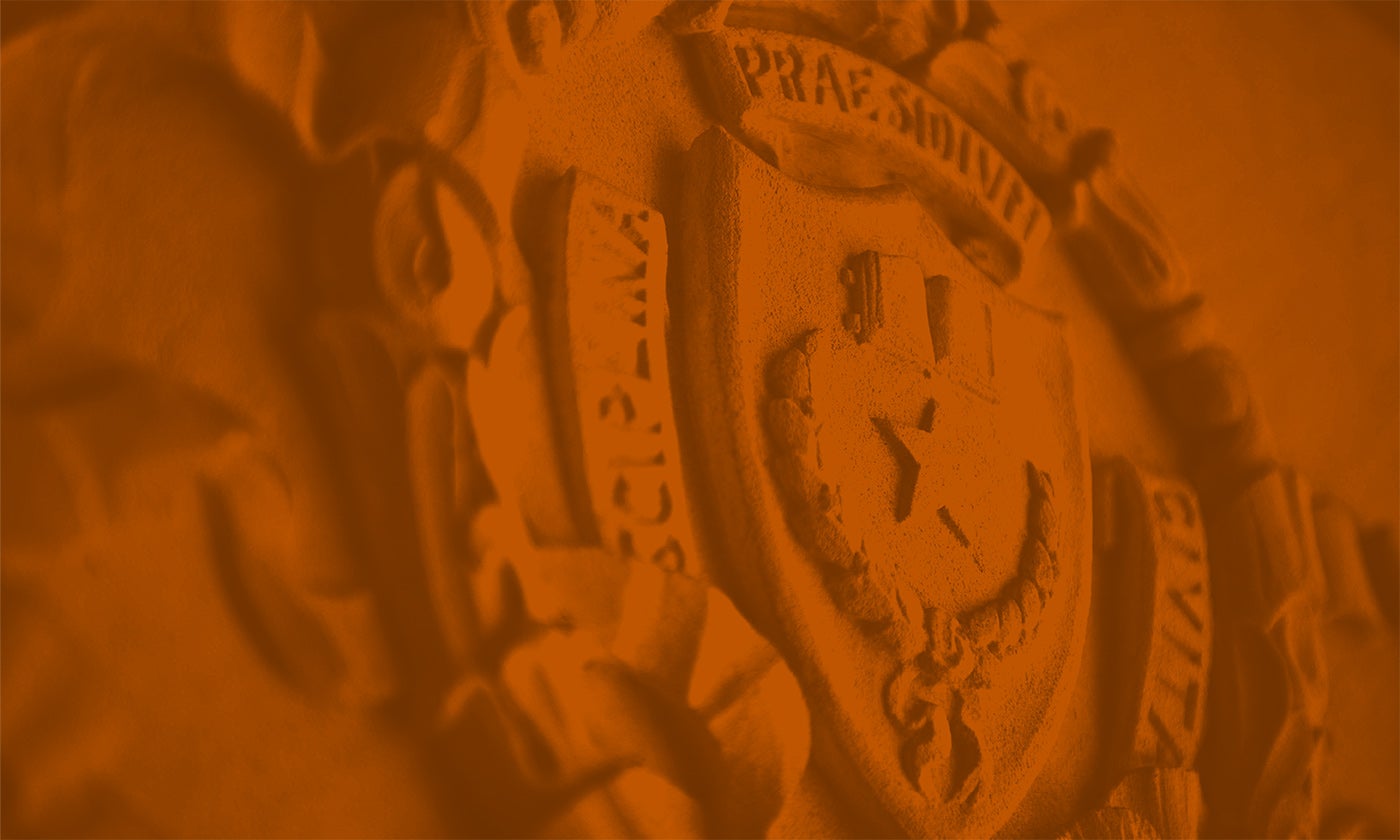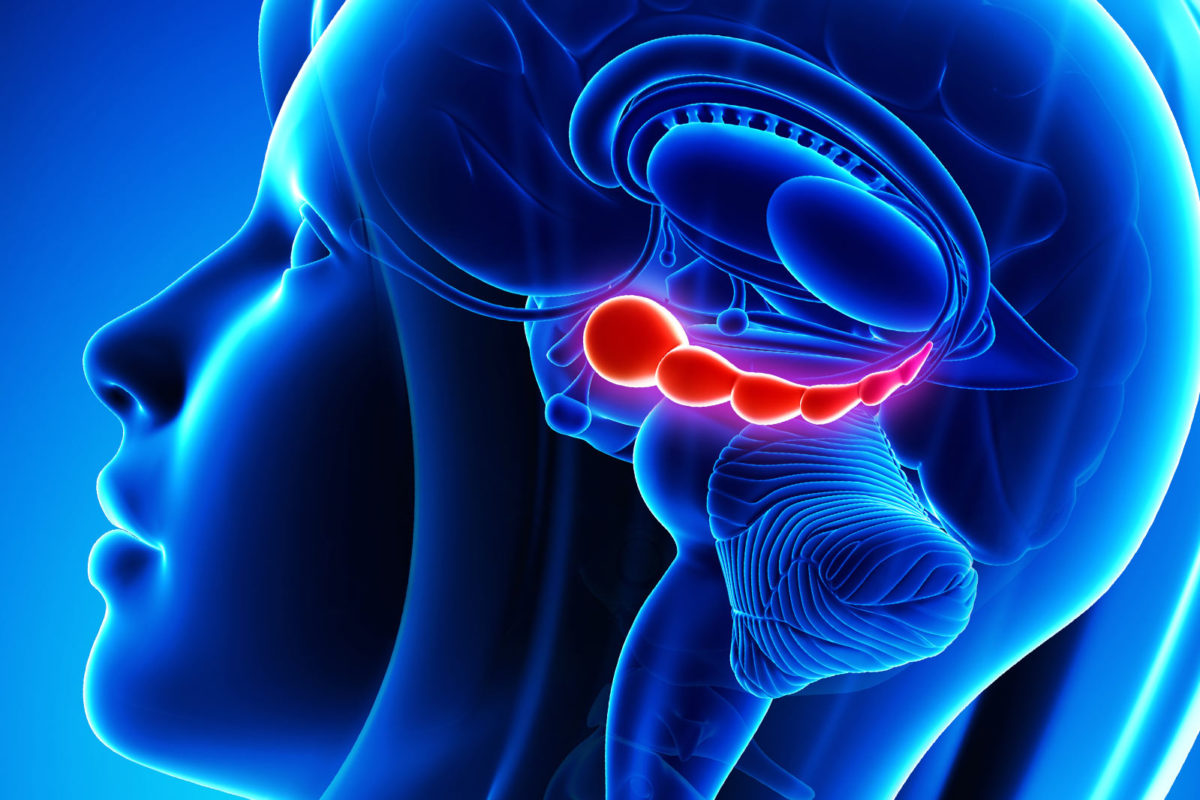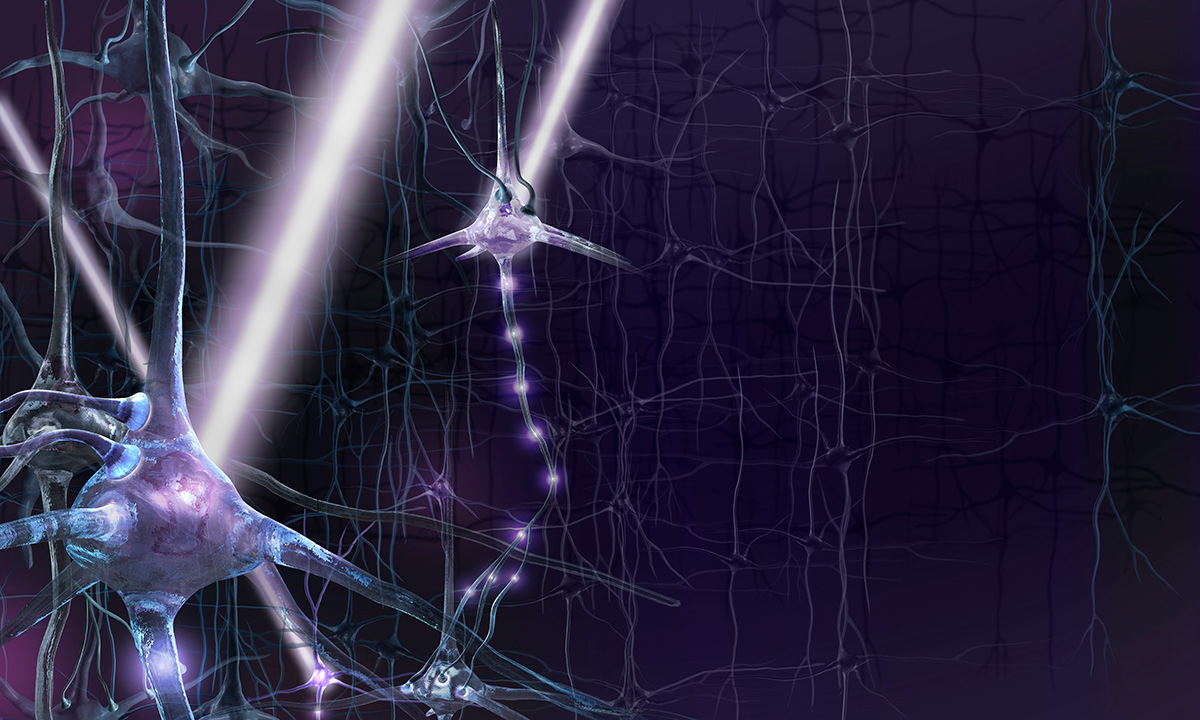News
A Machine That Understands Language Like a Human
Alex Huth is trying to build an intelligent computer system that can predict the patterns of brain activity in a human listening to someone speaking.

Which Mental Superpower Would You Choose?
In this episode of Point of Discovery, we talk to neuroscientist Laura Colgin about the potential, and possible pitfalls, of new technologies that connect the human brain to a computer.
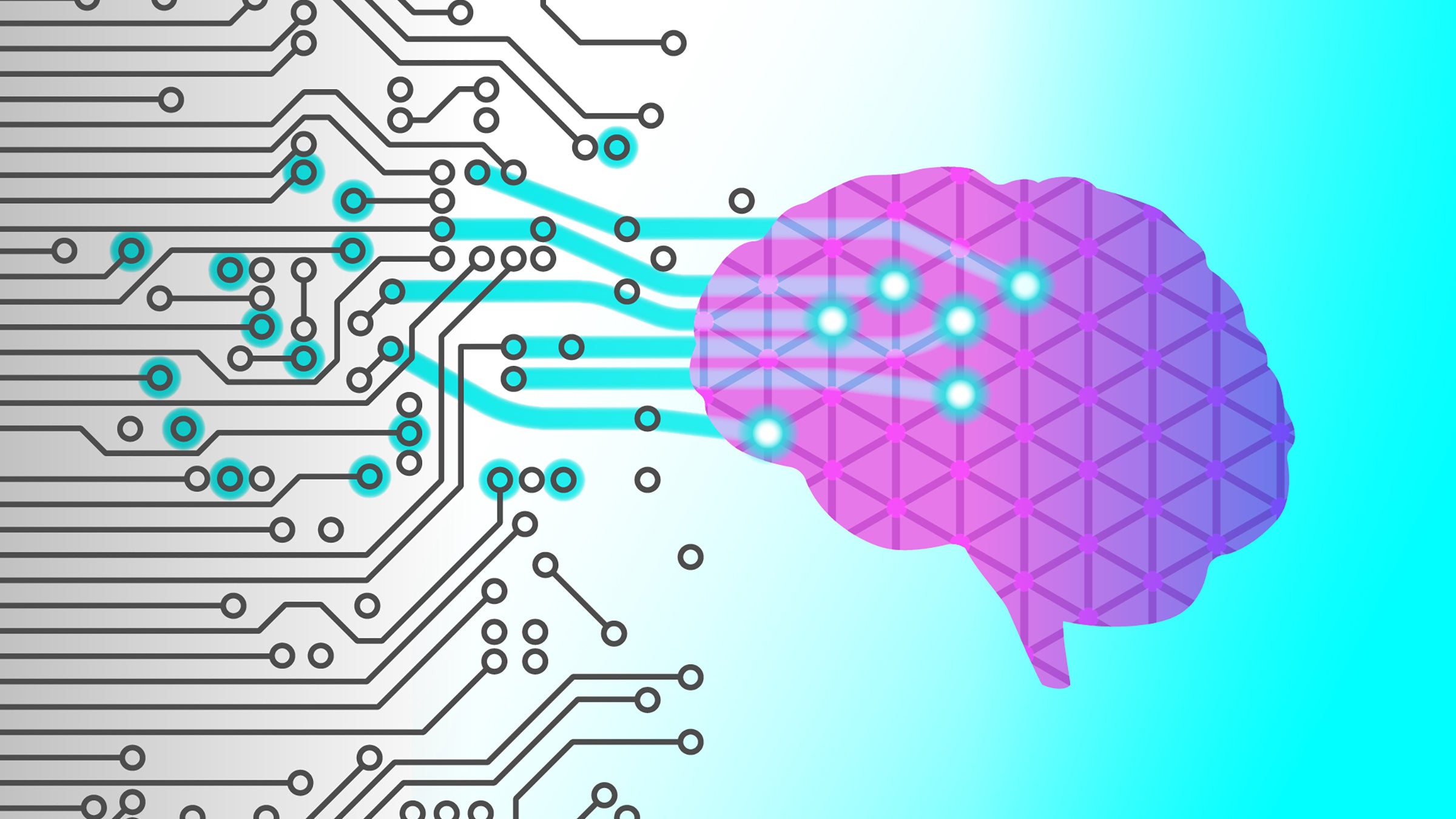
Could a Digital Version of this Part of the Brain Be Coming Soon?
Michael Mauk and his team have made a discovery that adds an important detail to a computer simulation of the part of our brains called the cerebellum that directs many of the movements we make often.
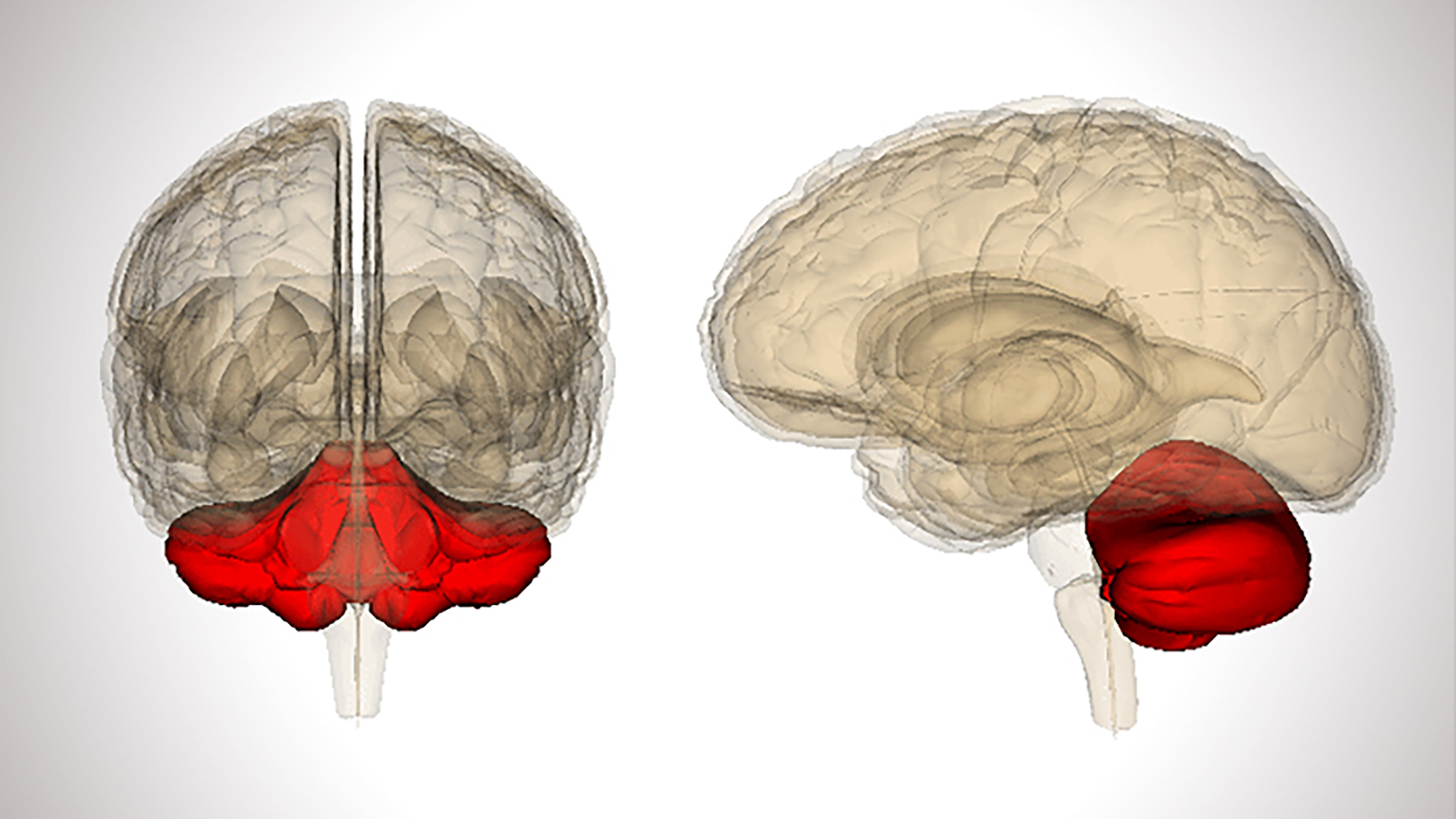
Manipulating Neurons
Boris Zemelman has been influential in the field of optogenetics, which is producing insights that could uncork a flood of new therapies.
